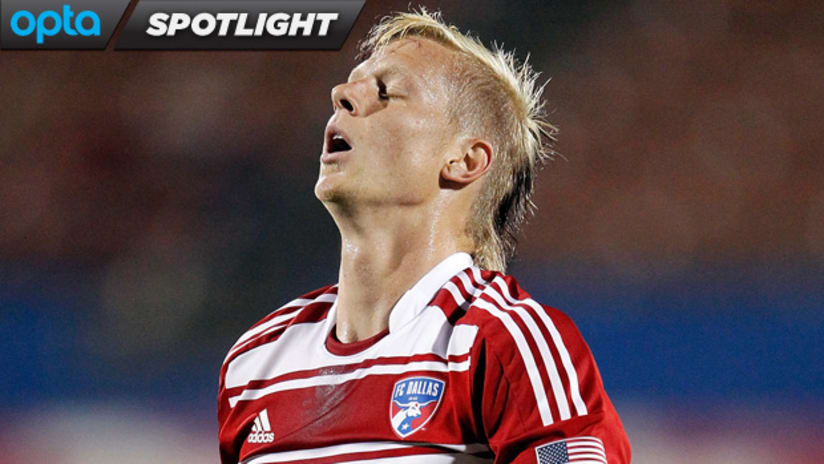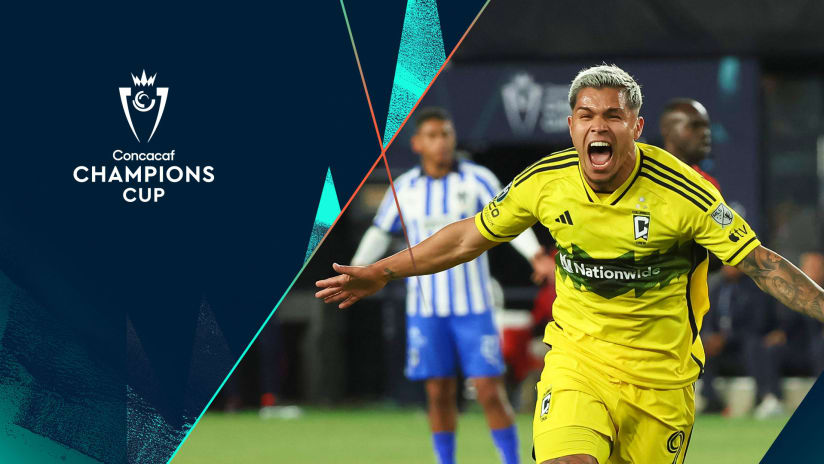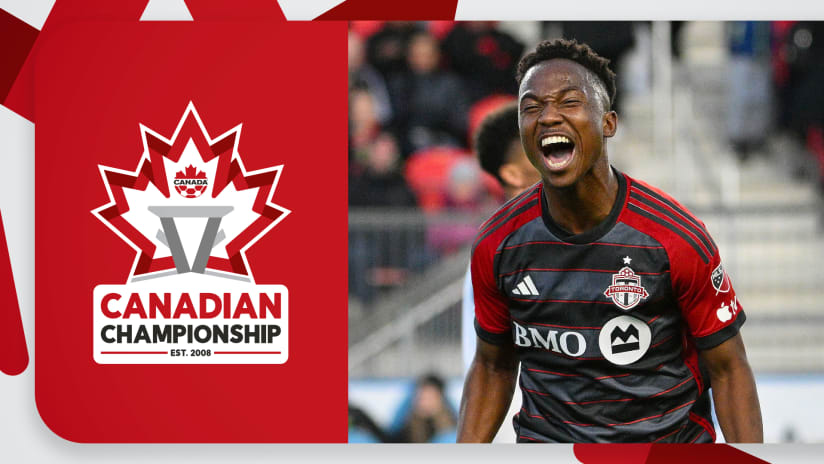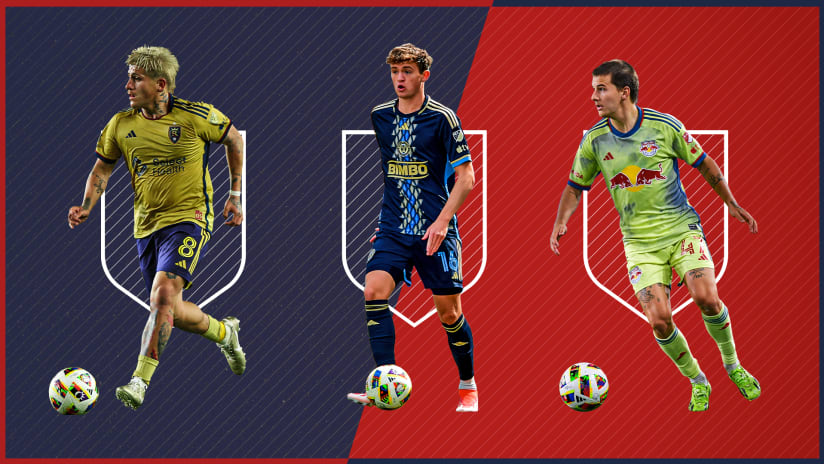This time a year ago, Brek Shea was the poster boy of the American development system.
Here was a physically overwhelming prospect – 6-foot-3, rangy with speed and agility to burn – who had honed his abilities with the US U-17s in Bradenton, Fla., before jumping to Major League Soccer as a raw, but extremely promising, 17-year-old.
The trajectory was steadily upwards from that point, and by the 2011 season, Shea was ready for his breakout campaign.
He had exactly that, enough to earn him some playing time with Bob Bradley's US side, then become a mainstay under Jurgen Klinsmann. Shea rewarded Klinsmann's faith when he created Robbie Rogers’ game-tying goal against Mexico a year ago with a jinking sideline run, prompting some furious fist pumping from the coach as well as a serious uptick in the amount of attention – domestic and foreign – coming the young Texan’s way.
| 2011 | 2012 | |
| 11 | Goals | 3 |
| 4 | Assists | 1 |
| 2.1 | Shot/G | 2.6 |
| .75 | SOT/G | 1.13 |
| 36.7% | Shooting Accuracy | 42.9% |
| 16.7% | Goal to Shot ratio (no PK) | 2.5% |
| 18.5 | Successful Pass/G | 14.9 |
| 1.19 | Chances Created/G | .94 |
| .16 | Big Chance Created/G | .06 |
That was the high point, though. He finished 2011 with 11 goals and four assists, trailing off down the stretch as the games began to add up. He was still named a finalist for MVP and trained with Arsenal during the offseason, however, and the assumption was that 2012 was Shea’s time to increase his footprint.
It hasn't gone according to that plan. Two-thirds of the way into the 2012 season, he is struggling to make anything close to the same kind of impact he had in 2011, the result of suspension, injury and plain old poor form. Shea has just three goals for FC Dallas, two from the penalty spot, and his name has gone from "shoo-in" to "question mark" on US rosters.
And although Klinsmann called him in for Wednesday’s match against Mexico at Estadio Azteca (8 pm ET, ESPN, live chat on MLSsoccer.com), it seems the young risk-taker who was bubbling with personality and bravado has suffered a serious blow to his confidence.
The question is why, and only Shea knows the full story. What the statistics show, however, is clear. Shea’s role at club level has changed, and it hasn’t been a smooth transition.
*
In 2011, the biggest development at club level for Shea was a season-ending injury to David Ferreira, one that thrust him into a more integral role in the Dallas attack. This season, it seems another absence may be stunting his growth: Blas Pérez’s prolonged break due to injury and personal tragedy.
As you can see from the diagrams below charting FC Dallas’ average position over the course of the 2011 and 2012 seasons, Shea (20) is occupying a much higher – and consequently more isolated role – in Schellas Hyndman’s formation.

This season, he is the furthest player up the field, separated from Jair Benítez (5) and FCD’s central midfield tandem, occupying space patrolled by the opposition’s central defenders without a clear outlet. That difference in position, almost certainly spurred by Pérez’s absence, has changed Shea’s passing tendencies and ability to combine with his teammates as well as his own potency in front of goal.
Simply put, his most frequent partners have changed considerably, and as 2011 shifted to 2012 (see file below for complete passing charts for FC Dallas in 2011 and 2012), Shea has taken increasingly more than he's given in terms of service, a logical shift considering his position on the field but still an indication of the difference in his role in the attack.
DOWNLOAD FC DALLAS PASSING MATRIX: 2011 & 2012
Over the past two seasons, left back Benítez has been Shea’s main link in the team in terms of passing volume. Other than Fabián Castillo, however, his accustomed passing partners are much different in 2012. Daniel Hernandez was clearly Shea’s second-most common option to combine in 2011, but the two haven’t been nearly so active in concert this year.
Shea has also missed the presences of Marvin Chávez – one of his most frequent targets in 2011 – Eric Alexander, Jackson and, especially, Ricardo Villar, who found Shea on 64 occasions in 2011 but only nine so far this season. And although Ferreira is back, the two have combined for just 39 passes with each other, failing to connect with any sort of regularity or danger.
Considering those shifts and Dallas’ chance-creation numbers in 2011 vs. 2012, it’s easy to see why Shea is far less productive. Villar (35) and Hernandez (34) led the team in key passes a year ago, with Shea contributing 34 as well. Chávez wasn’t far behind with 29, and Alexander and Jackson were both in the top eight.
| 2011 | 2012 | |
| 370.9 | Pass/G | 382.7 |
| 70.7% | Passing Accuracy | 71.9% |
| 64.3% | PA in opp half | 62.7% |
| 60.4% | % Passes in opp half | 55.5% |
| 31.4% | % Passes in final third | 27.6% |
| .97 | Assist/G | .6 |
| 9.3 | Key Passes/G | 7.3 |
| .91 | Big Chances/G | .64 |
This season, Dallas are completing more passes per game, but they’re struggling to create the same impact in the final third even with additional attempts and completions (see chart to the right).
Assists, key passes and big chances are down significantly, which makes sense considering FC Dallas are less accurate in the opposition's half and less likely to attempt to connect in that half of the field, all of which Shea plays a key role in as well.
Still, Dallas have somehow managed to average just .08 fewer goals per game in 2012 (1.16) than in 2011 (1.24). Despite creating fewer chances per game, their scoring has remained relatively steady, which begs the question: Why is Shea’s scoring output, in particular, so much lower? The answer lies in the quality and location of his shots.
The chart at the top of the story shows Shea is shooting more as well as more accurately, which is explained by his positional shift, but is far less likely to actually score. That difference is even more striking visually (see below). In 2011, Shea was successful both inside and outside the 18-yard box, but he was also much more likely to test the goalkeeper from central positions. In 2012, despite spending much of his time as a center forward, the chances he's found have been toward the sidelines, which certainly helps to explain the drop in goals despite an uptick in shots.
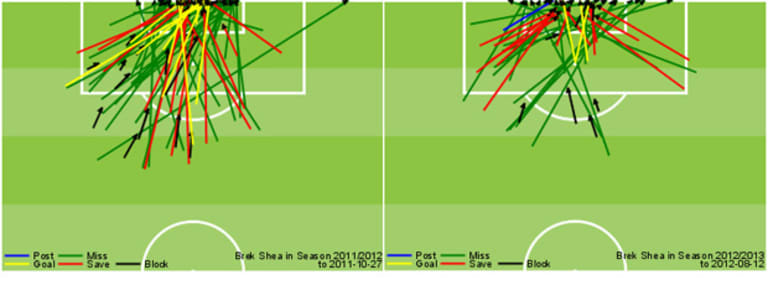
So has Shea fallen off? Is the hype surrounding him the result of one magnificent season?
Yes and no. Although his production has taken a steep dive, the statistics show that he is much better suited to being the cog in a collective attack rather than the focal point. Unfortunately, that hasn't always been possible as injuries, absences and trades have frequently gutted FCD in 2012.
The good news, though, is that youngster Ruben Luna and veteran Scott Sealy have been preferred at center forward recently, and both have had their moments. Sealy, in fact, got a tap-in thanks to a Shea cross against Portland several weeks back – a play that was started by a patented Ferreira through ball.
So it felt like old times, and Luna's strong performance in Dallas' 3-2 win over Colorado this past weekend suggests that Shea will be moved back into the midfield for good.
Meanwhile, the talent is certainly still there, and with a confidence boost and a set up better suited to exploit his skill set and tendencies as a player, we could yet see a return to 2011 form for Shea. And his career trajectory can finally resume its upward course.

